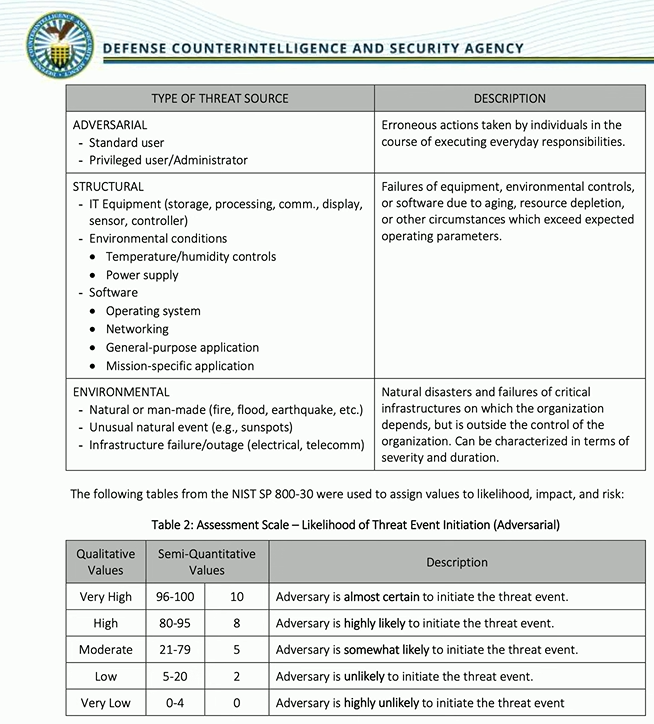5.2 Risk Management Strategies
1/6
There's no tags or description
Looks like no tags are added yet.
Name | Mastery | Learn | Test | Matching | Spaced |
|---|
No study sessions yet.
7 Terms
Transfer
Move the risk under the control of a different party.
A very good example of risk transfer would be the purchase of cybersecurity insurance.
Accept
This is usually the most common course of action
Allows the company to decide what they would like to do with that risk.
Accept With Exemption
A case where a particular security policy cannot be followed
An organization may have purchased a large piece of equipment used for manufacturing, and that equipment uses the Windows operating system.
The manufacturer of that equipment says that they do not support patching or updating the operating system on that device.
The monthly Microsoft updates could not be applied, but there is a company policy that says that every device must receive those patches.
Accept With Exception
Internal security policies are not applied
Organization has decided that every device must be patched within three days of the patch being made public.
The company finds that this month’s set of patches causes a critical software package to crash.
Company may have an allow them to wait more than three days so they can update their software to work better with these patches.
Avoid
Risk has been completely removed from the organization.
Stop participating in a high-risk activity; effectively removes the risk
Disabling certain system functions or shutting down the system when risks are identified
Mitigate
Decrease the risk level; Invest in security systems.
For example, if we’re concerned about risk coming from the internet, we may want to invest in a next-generation firewall, which removes some of the issues associated with that connectivity.
Risk Reporting
Process of documenting and tracking all identified risks within an organization.
Includes descriptions of each risk and the strategies for handling them
Frequently referenced by upper management to guide business decisions, such as purchases and risk mitigation.
A living document, regularly updated to reflect critical and emerging risks.
